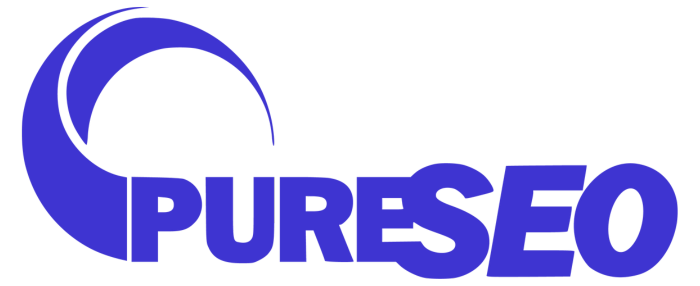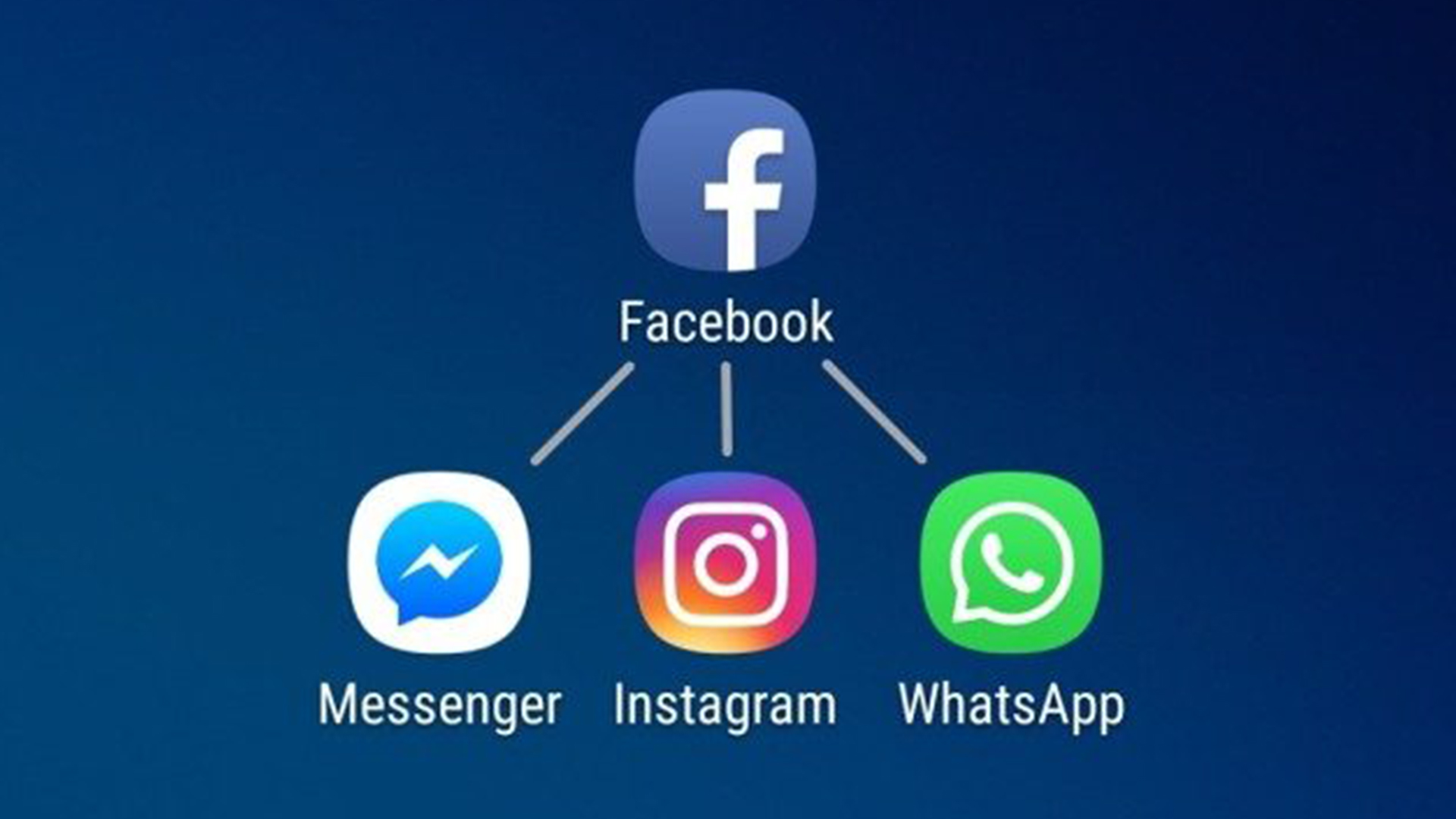
In e-commerce, success is usually defined as converting passive website visitors into active paying customers. Thus, it is no surprise that for e-commerce businesses conversion rate is the master of all metrics.
In simple terms, conversion rate is the percentage of website visitors who undertake the desired action. With e-commerce, this desired action is usually a purchase. So in a situation where you have ten thousand visits to your website and a hundred purchase one of your products, then your conversion rate would be one percent.
But is one percent a good conversion rate?
If you run an e-commerce business, you understandably want to know how your conversion rate compares to industry benchmarks. If you’re below the industry standard, you will want to explore strategies to improve your conversion rate. And if you’re sitting at or above the industry standard, while you may be tempted to pat yourself on the back, there is still potentially room for improvement.
Industry Standard Conversion Rate for Commerce
As per the industry benchmarks, 1.33% is the average conversion rate for e-commerce, while a conversion rate above 3.6% puts an e-commerce store in the list of the stellar performers.
While there are numerous factors that influence conversion rates, including the user experience (UX) of your website, the shipping cost and your product inventory, it ultimately boils down to credibility.
Unlike the typical retail bricks and mortar experience, e-commerce customers are unable to physically see, feel and experience the product they are buying before shelling out their hard-earned dollars. That makes it more difficult for you to win their business. Lack of trust is the single biggest factor hindering better conversion rates.
How e-Commerce Businesses can Improve Conversion Rates
Brands and organisations aiming to improve their sales through e-commerce should focus on enhancing the user’s trust. Credibility and trust can be improved by various means, such as including reviews from past customers, photographs of real customers using the product and third-party approvals vouching that the website is safe for transactions.
User-generated content (UCG) in the form of reviews is particularly helpful for improving conversion rates. However, it is worthwhile to note that impact of UCG on the conversion rate varies according to the industry. There are some products that people are simply more comfortable with purchasing online. For example, the food and beverage industry and apparel industry both experience much higher conversion rates through the use of user-generated content. Their conversions rates are known to triple through the use of UCG. On the other hand, the electronics industry experiences a relatively lower conversion rate increase through UCG. This is simply owing to the fact that consumers tend to be more wary of purchasing electronics online.
Mobile First
Finally, a key element to keep in mind regardless of your industry or product category is to target mobile users. In a world where mobile phones have become like an extended body part, it is becoming increasingly important to make mobile phone users the centre of your overall e-commerce strategy. Data shows that more than half of e-commerce traffic is driven by mobile devices. In addition to that, around 65% of potential customers start their shopping research by feeding in search queries with their smartphone. So, remember to design your e-commerce websites to be mobile optimised.

















